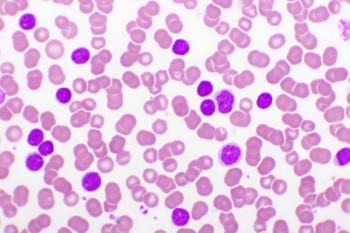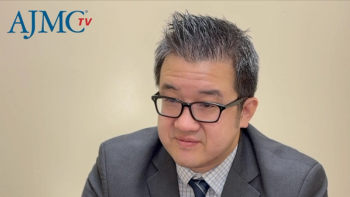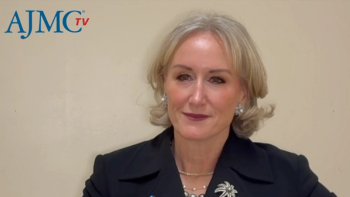
Dr Aimee Tharaldson Discusses 2 New Treatments for Tardive Dyskinesia
The market for tardive dyskinesia, a movement disorder affecting 500,000 patients in the United States, will go from zero approved treatments to 2 in 2017, making it an important area to watch, said Aimee Tharaldson, PharmD, senior clinical consultant for emerging therapeutics at Express Scripts.
The market for tardive dyskinesia, a movement disorder affecting 500,000 patients in the United States, will go from zero approved treatments to 2 in 2017, making it an important area to watch, said Aimee Tharaldson, PharmD, senior clinical consultant for emerging therapeutics at Express Scripts.
Transcript
Is there a disease or a new drug category that payers aren't paying enough attention to?
I think tardive dyskinesia is one area that maybe a lot of payers aren't thinking about right now. Right now there are 2 drugs that are pending approval for tardive dyskinesia [Editor note: the first
So this is a condition where there's abnormal, repetitive movements. And right now there's nothing approved to treat these patients. It can be caused from high doses of dopamine, blocking agents, and chronic use of these medications. And there's about 500,000 patients in the United States that have tardive dyskinesia. Right now, Xenazine is sometimes used off label. It's a 3 times daily medication. It's only approved for Huntington's disease chorea, so that's an orphan condition. Xenazine can cause depression and suicidal ideation, so there's a lot of safety concerns with it.
But there are 2 drugs that are going to be approved for tardive dyskinesia this year, which affects 500,000 patients in the US. Ingrezza will be the first one, that's once daily, and that's expected to be approved April 11. And then Austedo, it's initially going to be approved for Huntington's disease chorea [Editor's note: it
So we'll have 2 new drugs for tardive dyskinesia, large patient population. It will be interesting to see how much these medications cost. Right now, for Huntington's disease, Xenazine is about $150,000 per year, but you know as the population broadens significantly with these 2 new medications it will be interesting to see how they're priced. So those are important ones to watch.
Newsletter
Stay ahead of policy, cost, and value—subscribe to AJMC for expert insights at the intersection of clinical care and health economics.









































